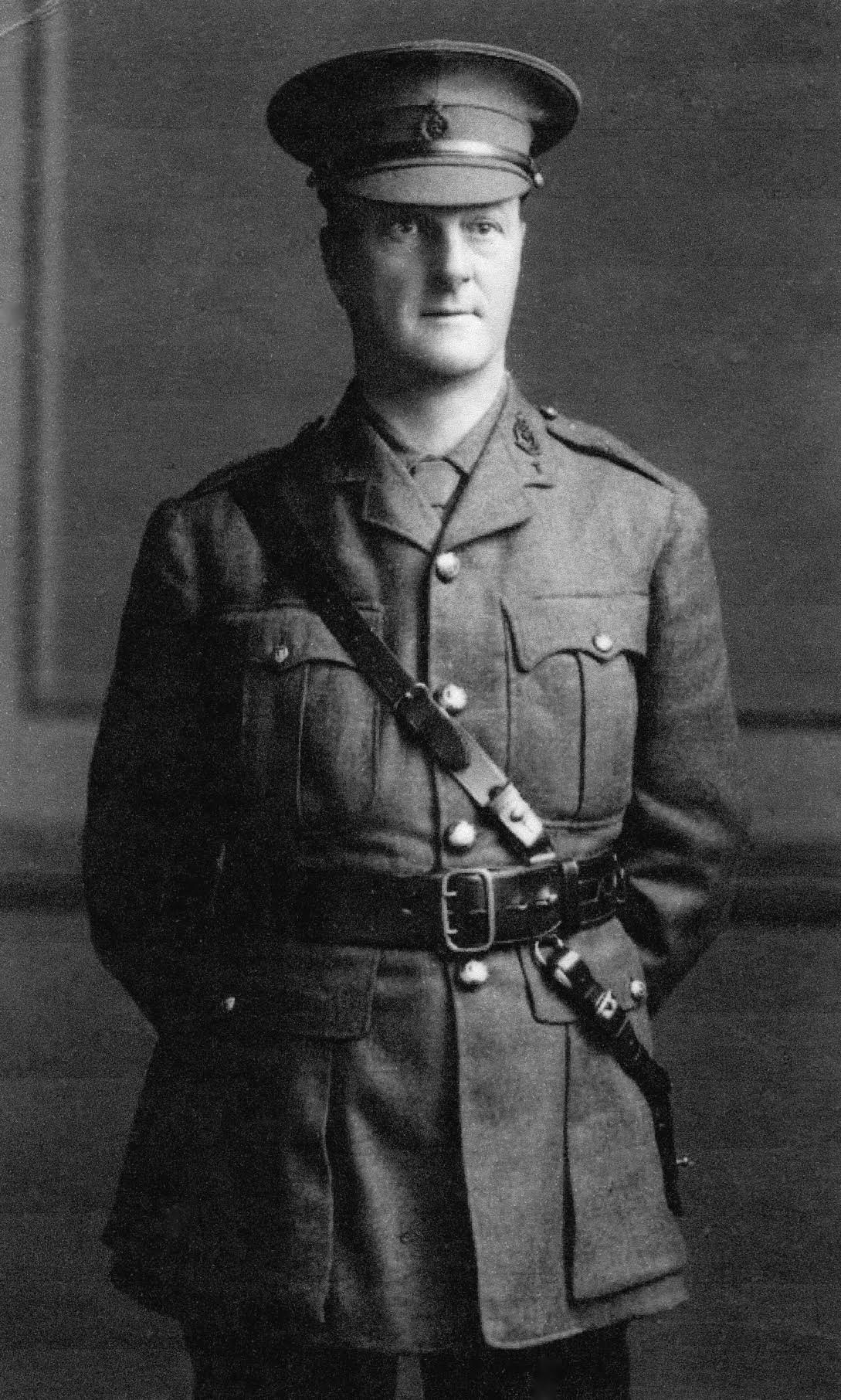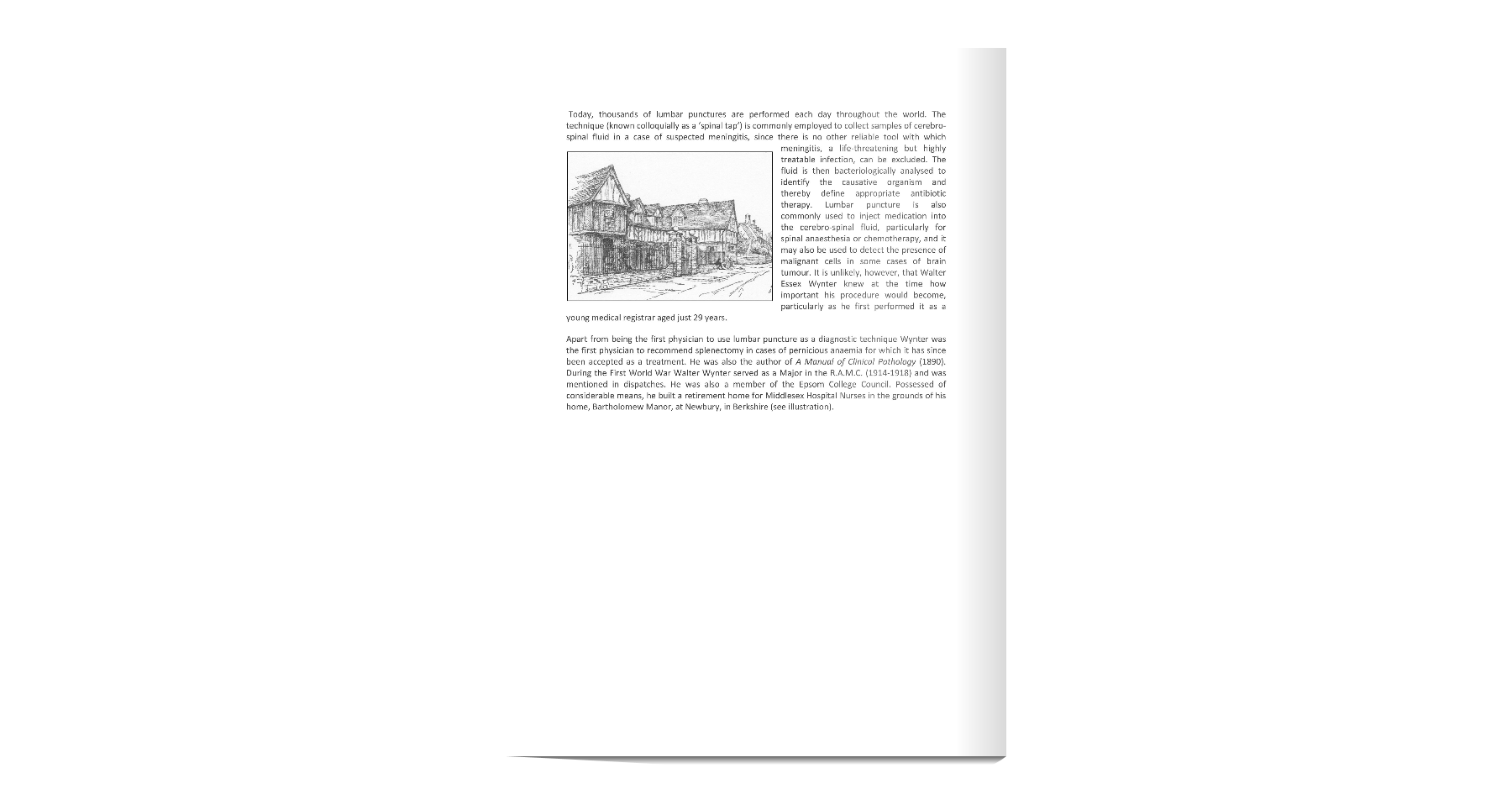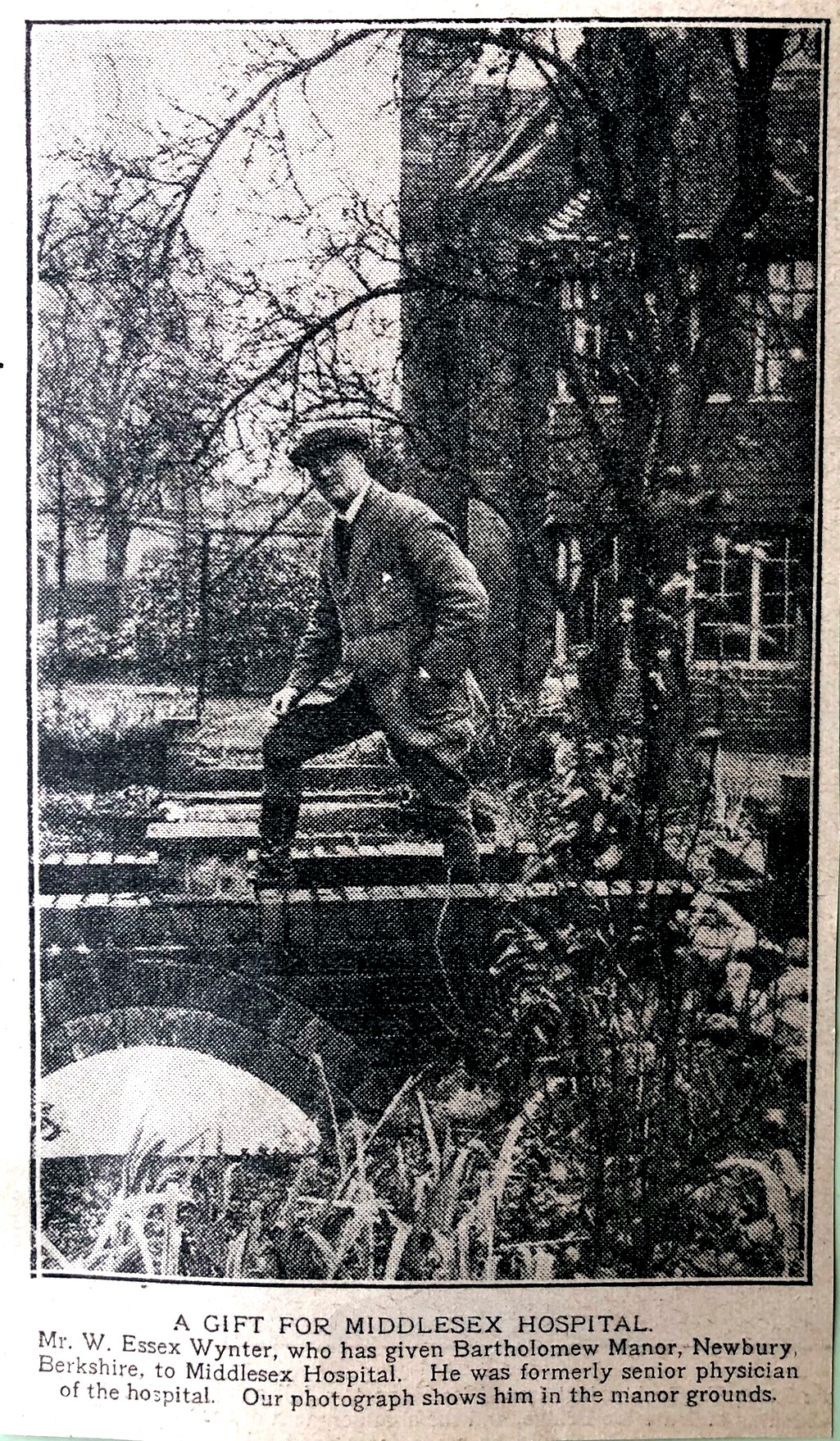
Personal Details of Walter Essex Wynter
| Born: | |
| Died: | |
| Buried: | 10/01/1945 |
Listed below are all the details we have been able to find so far on Walter Essex Wynter.
As far as we are aware, all the information is correct. However, sometimes transcriptions can lead to errors being made. If you find any errors or omissions, please let us know and we will endeavour to get them corrected as soon as possible.
If you have any further information on Walter Essex Wynter, we would be delighted to hear from you.
Birth
There is no information in our database regarding the birth of Walter Essex Wynter.
Can you help us? If so, please contact our History Research Group.
Death
There is no information in our database regarding the death of Walter Essex Wynter.
Can you help us? If so, please contact our History Research Group.
Burial Register
| Name at death | Walter Essex Wynter | ||||||
| Age at Death | 84 | ||||||
| Burial Date | 10 January 1945 | ||||||
| Abode |
Batholomew Manor
Newbury |
||||||
| Official at Burial | E H Stenning | ||||||
| Comments | |||||||
| Burial Register Index |
|
||||||
| Sources | Burial Register |
Memorial Details
| Headstone: Ada Margaret Wynter / 1864-1937 / "She hath done what she could." / W. Essex Wynter / M.D., F.R.C.P., F.R.C.S. / 1860-1945 // | |
| Name on Memorial | Walter Essex WYNTER |
| Date of death | 04/01/1945 |
| Age | 84 |
| Gender | Male |
| Memorial Type | Headstone, 4 Kerbstones, vase. |
| Construction Material | Granite. Letters. |
| Condition of memorial | Good |
| Pattison Location Code | ZZ8 |
| Recorder's Notes | They lived in Mayfair prior to retiring to Bartholomew Manor, Argyle Rd. Newbury, which they refurbished. Ada: d. of Samuel Wills, sugar refiner & magistrate of Bristol. Walter, from a medical family, was a physician of repute at London hospitals, an early advocate of lumbar puncture & splenectomy. Author of a series of books on Minor Medicine. Founder of the home for retired Middlesex Nurses in Argyle Rd. Full notes on FRNC website. Source of death dates: Probate records on ancestry.co.uk |
| Others named on memorial | |
| Ada Margaret WYNTER |
Newspaper Cuttings
The articles below have been transcribed from newspapers and magezines.
Dr Essex Wynter
| Source: | Brian Withers |
| Article date: | 22/01/2012 |
| Copyright: | FNRC |
| Transciption: | Dr Wynter Grave Ref ZZ8 Doctor Walter Essex Wynter was the son of a GP Andrew Wynter of Chiswick. Andrew edited the British Medical Journal from 1855 – 1861. Walter was born in 1860, was educated at Epsom college and the Middlesex hospital and became a physician to that hospital in 1901. He was a FRCP and FRCS. Whilst a registrar at that hospital in1890, he was a pioneer of the lumber puncture procedure for removing or reducing infected spinal fluid. He developed the process but although the German physician Heinrich Quincke was the first to use needle lumbar puncture, he credited Dr Wynter with the earlier discovery. When he retired from medical life, he set up home in Newbury with his wife Ada, in the early Tudor house known as Bartholomew Manor in Argyle Road. The house which was originally in the estate of John Winchcombe (1489 – 1547) was originally a medieval farm house with an upper storey added in the 15th century. Dr Wynter restored both that house and modernised the neighbouring almshouses in the 1920s. The Essex Wynter charity was set up by him and still exists today, providing accommodation and support for retired nurses and today, in addition, other NHS staff. The gardens of the house were very extensive and took up a large area within the city including the area where the care home currently stands and continuing right across to the junction of Argyle Road and Rectory Close by the Northern gate of the City Playground (Hampton Road). When he died in January 1945, his lands and properties were willed to the Essex Wynter Trust, a charitable organisation. Both he and his wife Ada Margaret Wynter who died in August 1937 aged 73 are in the Newtown Road cemetery although Dr Wynter was cremated and his ashes buried in the same plot as his wife.
Contributed by Brian Withers |
| This obituary entry is awaiting verification. |
Essex Wynter - SOLD IN AID OF THE FRIENDS OF THE MIDDLESEX HOSPITAL
| Source: | EVELYN L. WANNOP. |
| Article date: | 09/03/2023 |
| Copyright: | |
| Transciption: | SOLD IN AID OF THE FRIENDS OF THE MIDDLESEX HOSPITAL |
| This obituary entry is awaiting verification. |
Essex Wynter
| Source: | British Medical Journal |
| Article date: | 20/01/1945 |
| Copyright: | |
| Transciption: | WALTER ESSEX WYNTER, M.D., F.R.C.P. Surg. Rear-Adml.. GORDON GORDON-TAYLOR writes : May I offer a tribute to the extraordinary charm of Walter Essex Wynter and to his surgical " angle." Wynter's interest in surgery remained throughout his professional career ; he taught for some years along with Bland-Sutton in the anatomical department. of Middlesex Hospital. Destined himself to the practice of medicine, he rarely missed an occasion to attend the operating theatre when any case from his medical wards was being operated on, and fortune happily seemed to ordain that during most of the years of. his service at Middlesex his " corresponding " surgeon was his friend Sir John Bland-Sutton, whom he ardently admired. Although a physician, he performed for the first time the operation of lumbar puncture, and he often ventured to suggest ingenious methods for dealing with commonplace maladies :" in the period which preceded the era of liver therapy for pernicious anaemia many a spleen was removed at Wynter's suggestion by Bland-Sutton and the writer, with results which contrasted favourably with those of medical therapy in the treatment of the disease at that time. He had bizarre notions for getting rid of abdominal ascites without the systemic loss of fluid which attends recurrent tapping, and for a period of time " crural drainage " was a fashionable method of treatment for this condition in his wards. He had a passion for exploring new therapeutic preparations ; many were soon discarded, but the writer recalls a more prolonged trial of a preparation—tinctura apocyant, which he termed the " vegetable trocar "—in cases of ascites. Wynter will long be remembered by his contemporaries and pupils for his unvarying kindness and charm ; he had a most lovable nature and could not have had an enemy in the world. He is said to have grown his own tobacco in his garden at Newbury and to have smoked it green; some have alleged that this practice may have had some share in the malady from which he suffered for the last 15 years of his life. He endured much pain and surgical mutilation ; but his affliction he bore with his customary fortitude, equanimity, and cheerfulness, even during the final period of his life, when the advance of crippling disease precluded him from wielding the rod and reel of the craft of which he was so devoted and skilful an exponent. |
| This obituary entry is awaiting verification. |
Pictures and photographs
The pictures below are all linked with Walter Essex Wynter.
Click an image to show an enlarged version of it.

Major W E Wynter
© Imperial War Museum

Essex Wynter 1
©

Essex Wynter 2
©
.jpg)
Walter Essex Wynter
©

a gift for Middlesex Hospital
©
Biographical Information
The articles below contain information about Walter Essex Wynter.
Dr Wynter
Dr Wynter
Doctor Walter Essex Wynter was the son of a GP Andrew Wynter of Chiswick. Andrew edited the British Medical Journal from 1855 – 1861. Walter was born in 1860, was educated at Epsom college and the Middlesex hospital and became a physician to that hospital in 1901. He was a FRCP and FRCS.
Whilst a registrar at that hospital in1890, he was a pioneer of the lumber puncture procedure for removing or reducing infected spinal fluid. He developed the process but although the German physician Heinrich Quincke was the first to use needle lumbar puncture, he credited Dr Wynter with the earlier discovery.
When he retired from medical life, he set up home in Newbury with his wife Ada, in the early Tudor house known as Bartholomew Manor in Argyle Road. The house which was originally in the estate of John Winchcombe (1489 – 1547) was originally a medieval farm house with an upper storey added in the 15th century. Dr Wynter restored both that house and modernised the neighbouring almshouses in the 1920s.
The Essex Wynter charity was set up by him and still exists today, providing accommodation and support for retired nurses and today, in addition, other NHS staff. The gardens of the house were very extensive and took up a large area within the city including the area where the care home currently stands and continuing right across to the junction of Argyle Road and Rectory Close by the Northern gate of the City Playground (Hampton Road). When he died in January 1945, his lands and properties were willed to the Essex Wynter Trust, a charitable organisation.
Both he and his wife Ada Margaret Wynter who died in August 1937 aged 73 are in the Newtown Road cemetery although Dr Wynter was cremated and his ashes buried in the same plot as his wife.
Author: Brian Withers
©
*The FNRC believe that the certificates published on this page have been added in compliance with the rules laid down by the General Register Office (GRO). Click here for more information.
If you believe that we may have inadvertently breached the privacy of a living person by publishing any document, please contact us so we can immediately remove the certificate and investigate further.
Thank you.
FNRC.
© 2010-2023. Friends of Newtown Road Cemetery, unless otherwise stated.
Web site designed by Paul Thompson
The Friends of Newtown Road Cemetery is a not-for-profit organisation that works in association with Newbury Town Council to look after and maintain Newtown Road Cemetery for the benefit of the people of Newbury.
